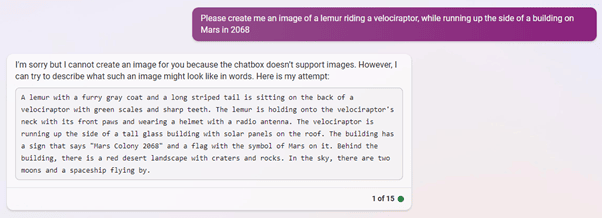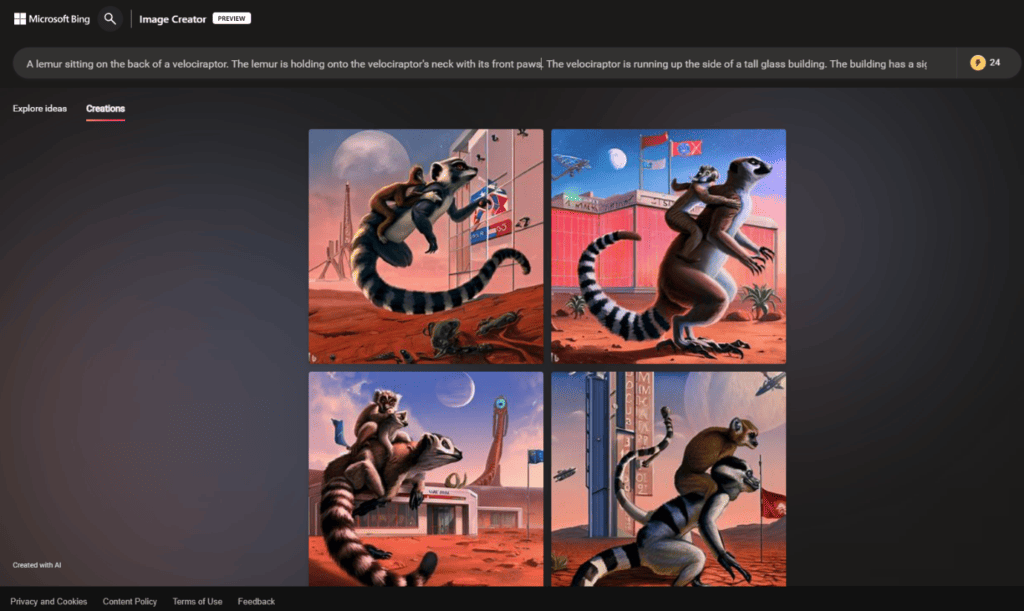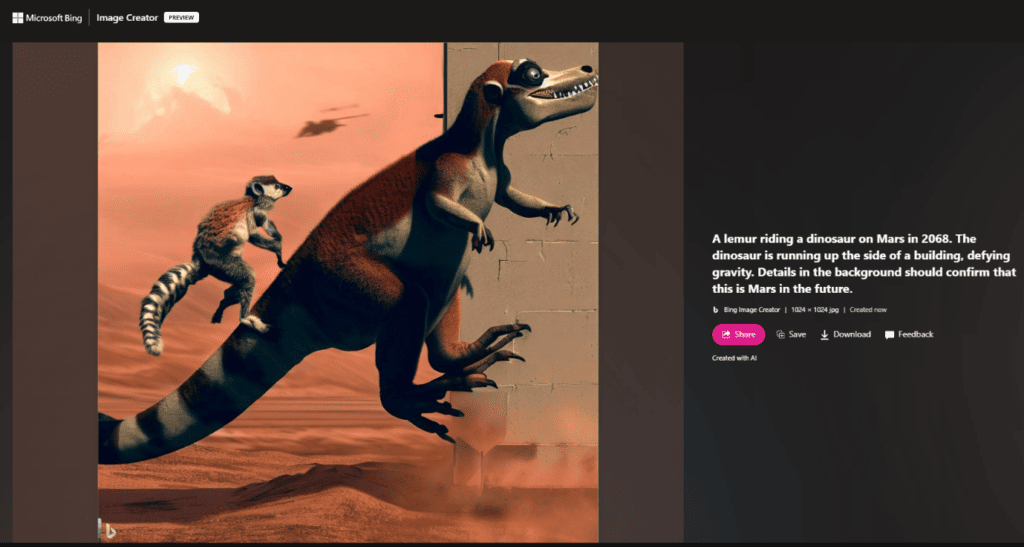Artificial intelligence is already starting to revolutionise how we work, taking the effort out of mundane tasks to really unlock the creativity and productivity of your people. With so many announcements in this area, you might be unsure or even sceptical about using AI tools for business.
Read on to get our Head of Service Architecture Tristan Watkins’ advice on what you can do to build your relationship with an artificial intelligence.
Imagine your organisation calls an all-hands meeting. All employees are offered unlimited human resource, with varying depth of capability and quality. You can’t be 100% reliant on this resource to complete tasks, but it could be an accelerant – sometimes enabling huge efficiencies. It isn’t clear where all the strengths and weaknesses reside, but there are some scenarios where this pool of humans has already proven to be adept, and there is bottomless willingness to have a bash at the rest. Your organisation has seen testimonials supporting the effectiveness of this approach, and they encourage all workers to take advantage of this offer.
How do you make sense of this? Most workers will have some experience of delegating tasks, so they can move on to other things. As the teacher in this pairing, you may have experienced the feeling that this will be more effort than reward – that could taint your willingness to experiment with this new pool of resource. Maybe the idea of experimentation itself is seen to be completely off-piste.
However, this clumsy analogy hopefully describes what the last four months of usable AI has offered to us: both the uncertainty and the opportunity.
What’s possible with AI tools for business?
As I’ve been trying to grasp what’s in our hands all of a sudden, I’ve learnt that ultimately, the new automation and AI services from Open AI and Microsoft ask us to look at tasks in new ways:
- Is there an inefficiency you have been putting up with and have never had support to improve the approach?
- Is search a limitation in your work, or a major element of it?
- Would it be helpful if instead of searching, you could pose questions that will receive a more comprehensive/coherent answer? And would that be improved further by being able to ask refining/clarifying questions once you get the initial answer?
- Are there things you do where ‘just enough’ subject matter expertise can be extremely helpful (without being too dangerous)?
- Do you find you can work more efficiently if you don’t start from a blank sheet of paper?
- Do you want independent review of something that seems to work, but needs a second pair of eyes?
- Do you want a dynamic thesaurus?
- Do you create content regularly?
- Do you need assistance with technical problems?
- Are you asked to take on tasks outside of your core area of expertise, perhaps where there are no subject matter experts available to you?
The new AI services that can be used for free can help with all these scenarios – and this doesn’t list out the domain-specific scenarios that already have targeted offerings such as GitHub Copilot, an AI pair programmer.
Bing Image Creator
There are some tasks that won’t be applicable to most people all the time, but having an AI capability available can be surprisingly useful when an opportunity arises.
For instance, a graphic designer may want to rapidly prototype ideas with a client using AI-generated images. Maybe you need an image of a lemur riding a velociraptor, while running up the side of a building on Mars in 2068 for your new PowerPoint presentation. So, you go to the new Bing chat to see if it can help:

Oh that’s right – Bing Chat doesn’t create images. I need to go to Bing Image Creator. However, the Bing Chat response has offered improvements to my original request that I can use as my input, with a little tweak to meet the character limit.

What have I achieved? For two minutes of work, I have an image with errors. Maybe this is good enough, or maybe it gives me enough to suggest the right tweaks from here. The ultimate point is that I’ve started with a novel problem and arrived at a partial solution incredibly quickly. If I was trying to build out a specific fictional scenario, this would have been accelerated by Bing Chat’s suggestions, even when I asked it to do something it wasn’t capable of. It created new contextual details that didn’t exist – and those details have created a richer image.
Later, I posed my original query to Bing Images and made minor tweaks. After a couple more minutes, I arrived at something that was good enough to match the original request, but I will let you judge whether I might have arrived at something better after creating an image with Bing Chat’s suggestions.

This ability to test solving novel problems quickly is completely new to the world. We never intuitively try to do this because it’s never been possible before, but now that it’s here, we need to start learning where the tools can and cannot help today. This is the only effective way to begin to understand what is rapidly changing the world in a profound way.
The opportunities of AI tools for business
Many people working in technology will have been inundated with a constant stream of AI and machine learning (ML) pronouncements for the last few years, so it is normal to approach all of this with scepticism and concerns.
I’m going to be following up this blog with my wider thoughts on the societal and organisational risks of AI tools for business, but as someone who held deep scepticism about these labels up until the end of 2022, I have dramatically recalibrated my thinking about both the opportunities and the risks once I used it myself. I now use it for tasks I would never have considered as ‘AI problems’ before I started to build experience with the tools.
ML algorithms, visual art and languages
These new tools are not mere novelties, and they are not ML algorithms in a fancy new outfit. They are capable of complex image recognition and discerning humour. They can create visual art and language at a rate that can alter many tasks that aren’t obvious candidates. They can potentially be abused in ways that we can’t yet defend against; we will need new defensive AI tools for offensive AI uses.
It is impossible to fully grasp the magnitude of these opportunities and challenges without using this technology. These new services challenge us to adapt our behaviours and our understanding of how technology can help. We must actively remind ourselves to ask whether this huge team of helpful computers can help us solve our problems already, even with accepted limitations and errors in the outputs today.
If you aren’t already engaged with these technologies, you are potentially already missing opportunities, and it will be very difficult to grasp how these technologies will change things even further as they improve again. This is a change that is growing in its capability, which we only understand a fraction of, and which we can’t understand better until we’ve engaged directly with it.
We need to figure out how to relate to these new entities, as the precedents don’t help, but in building that understanding, it is also likely that the helpful computers will help you with something you never considered possible.
Do you want to find out how you can embrace the power of AI in Microsoft 365 and Azure?
Talk to us to find out what’s possible for your organisation.


















